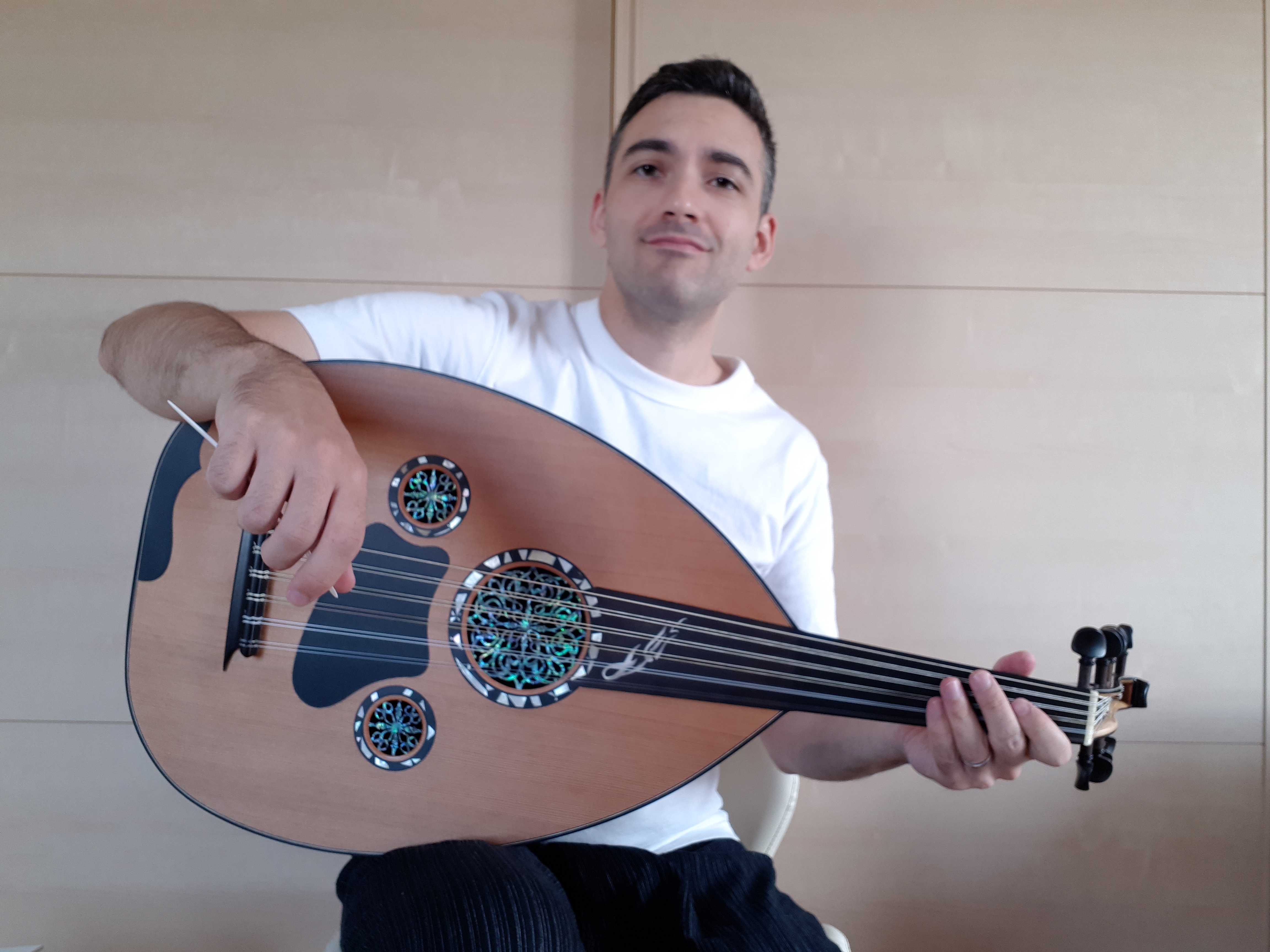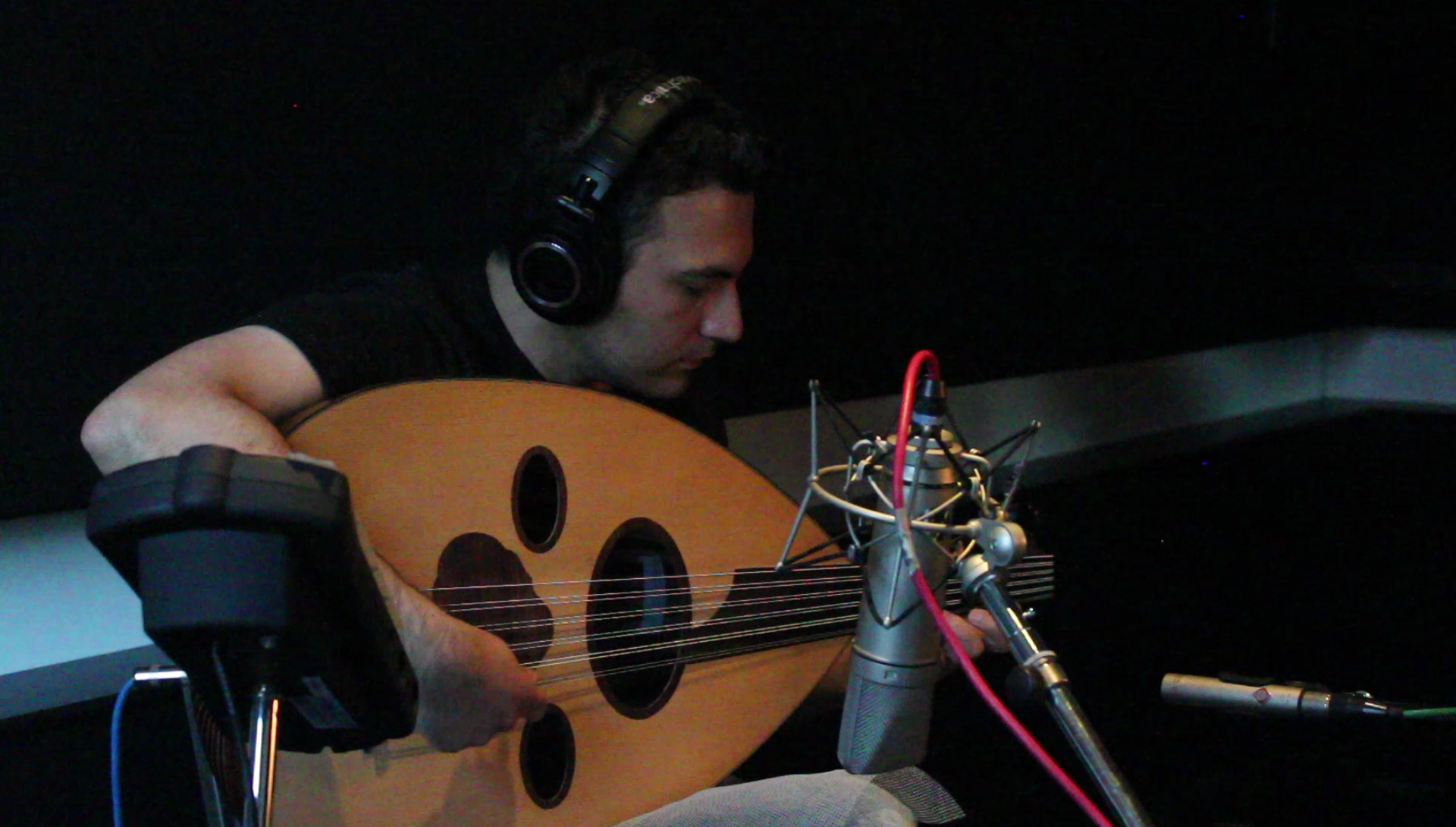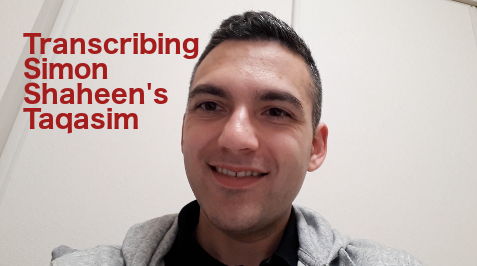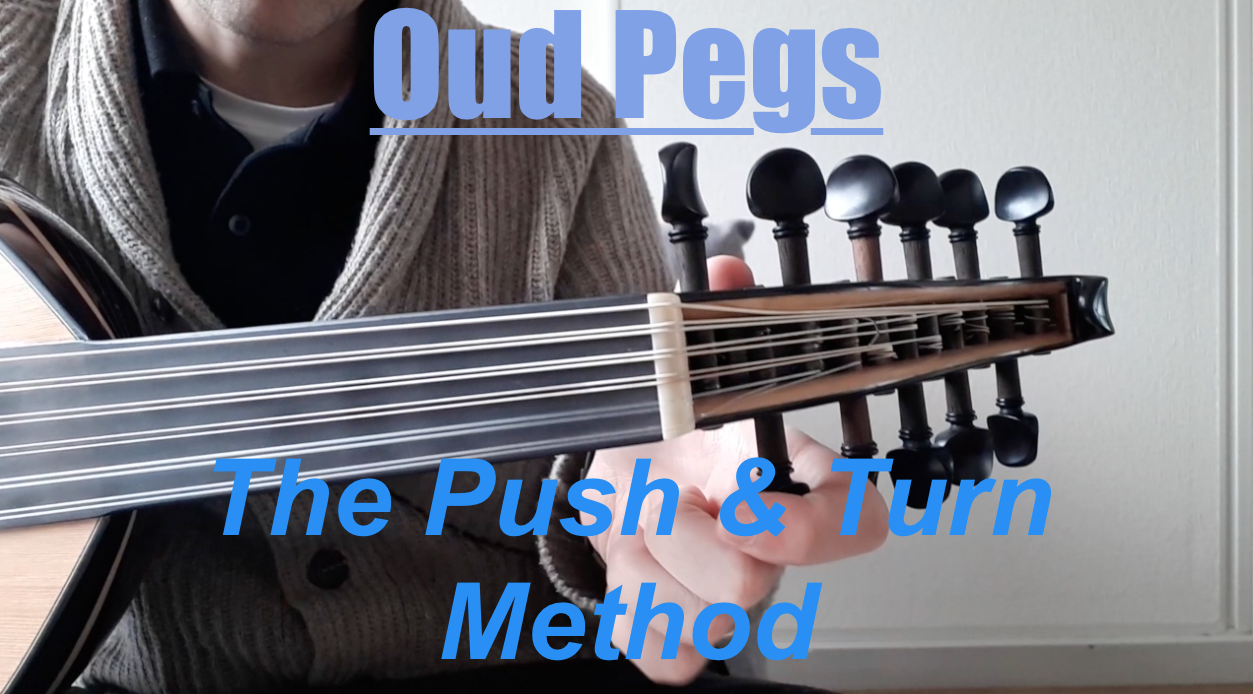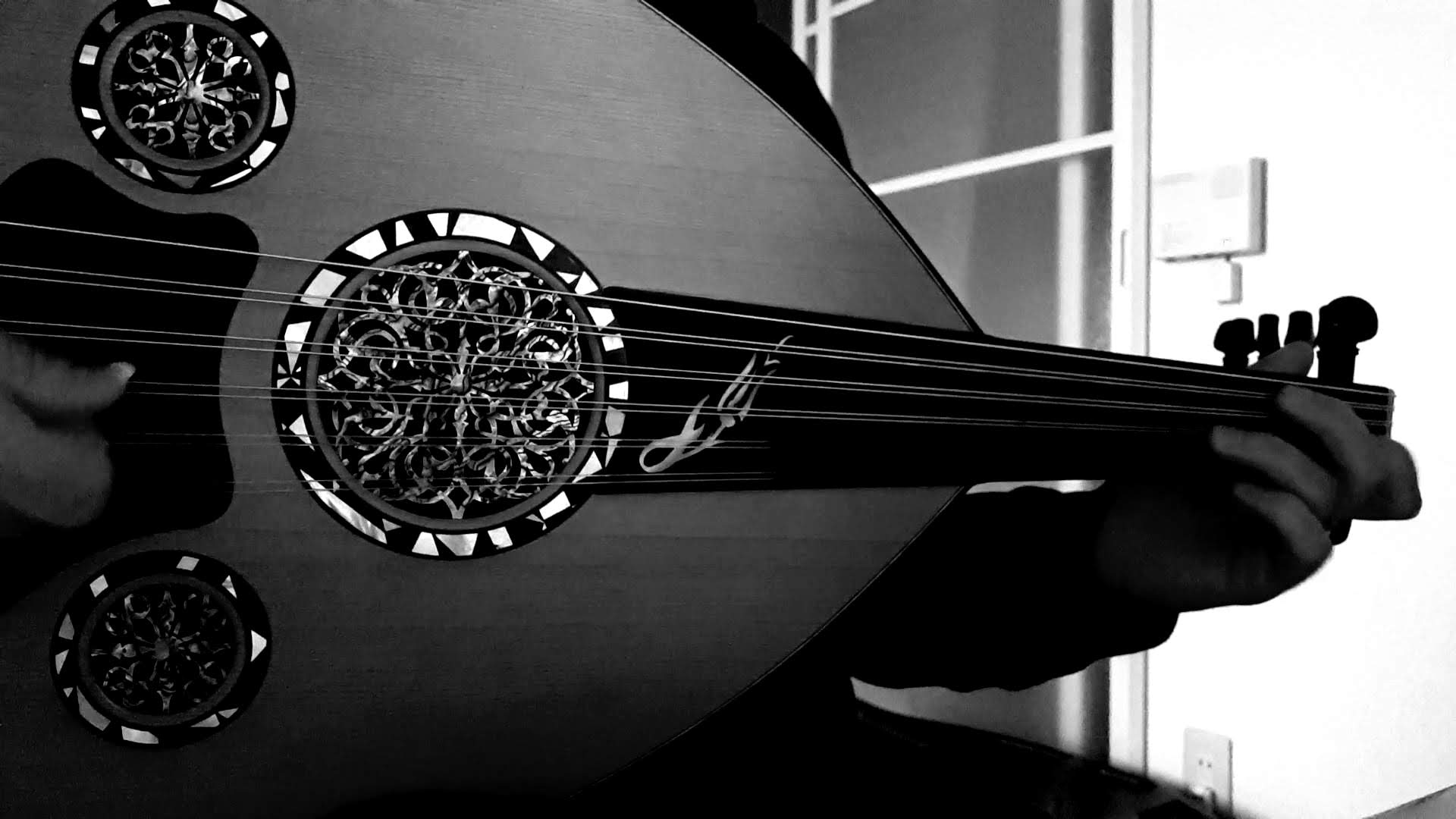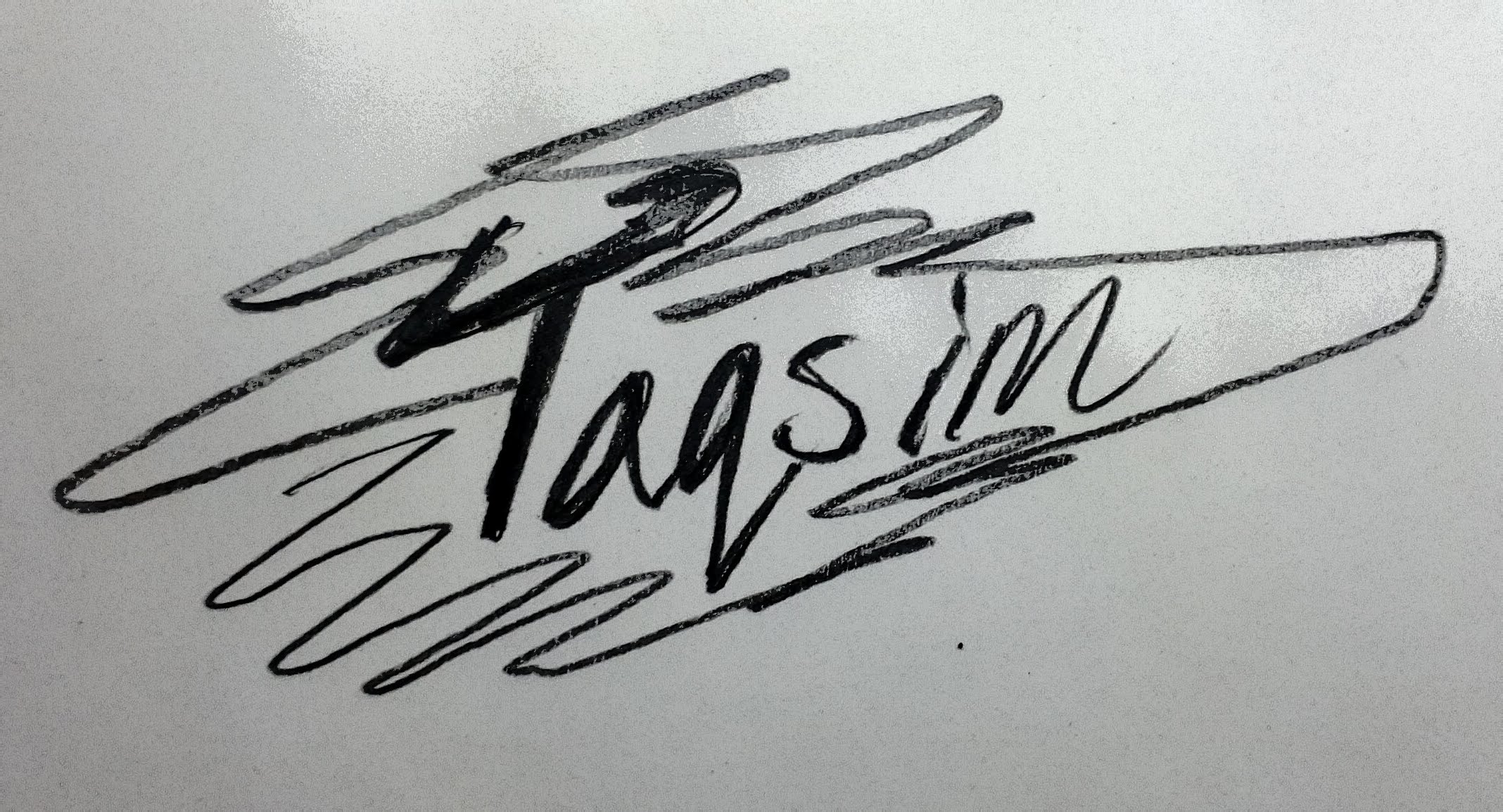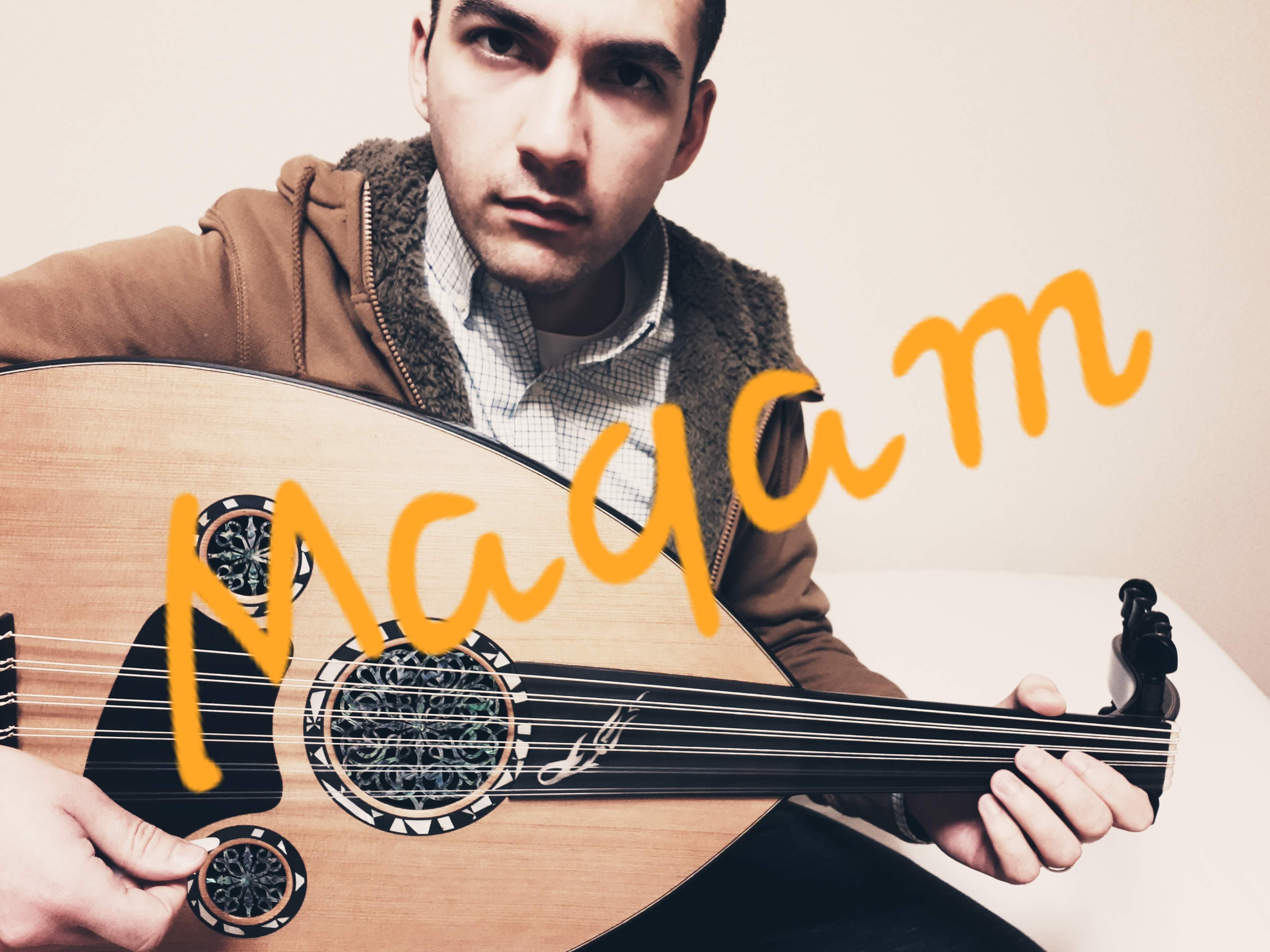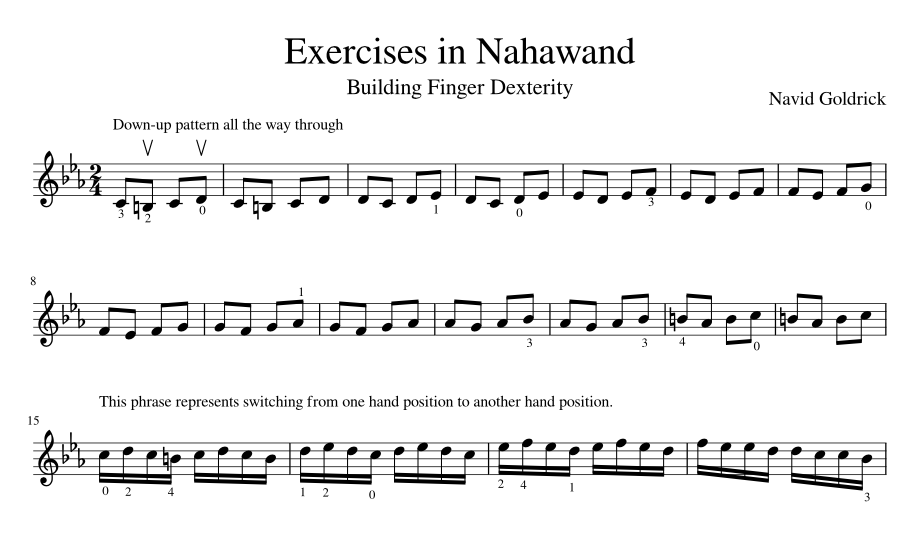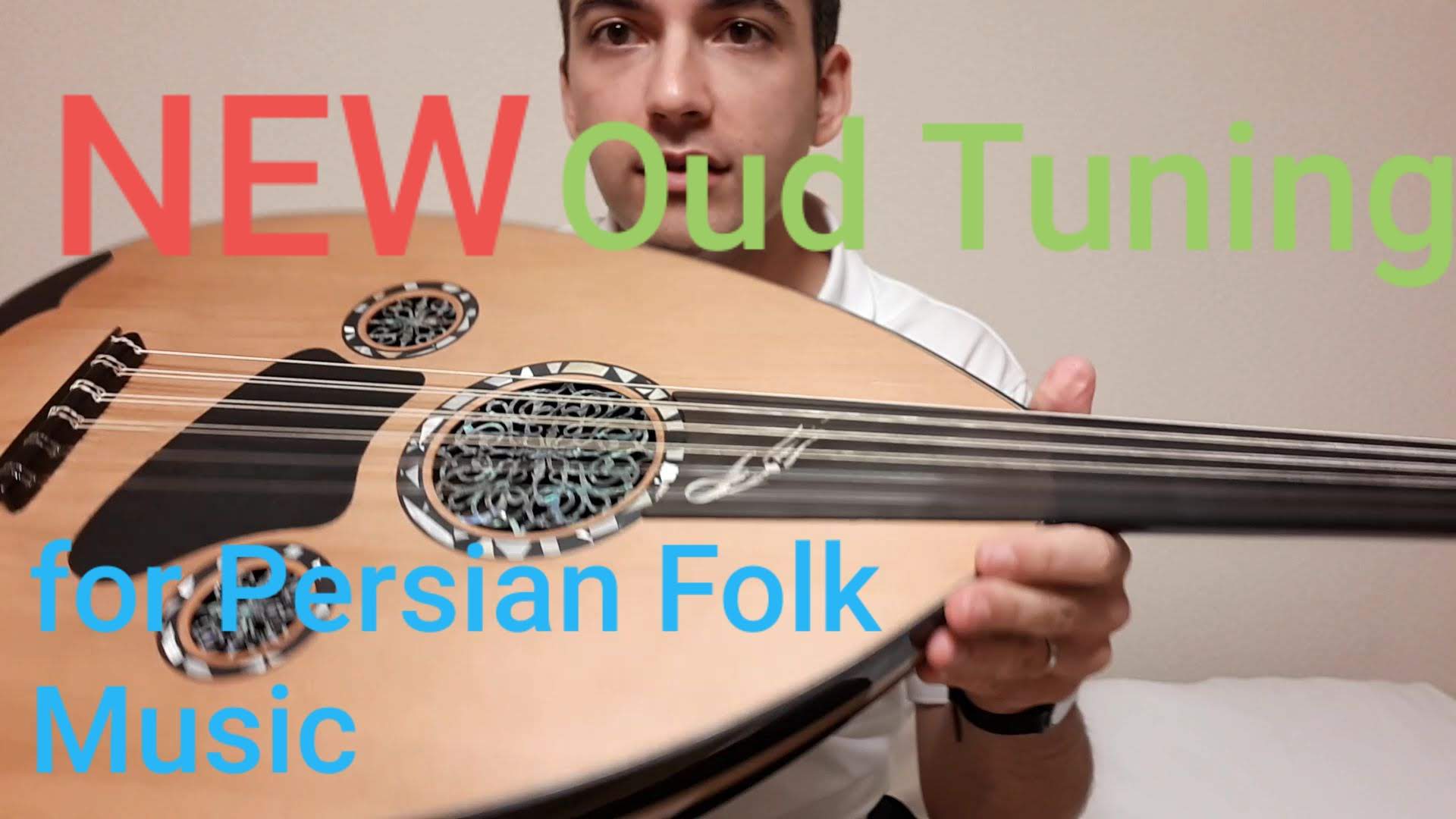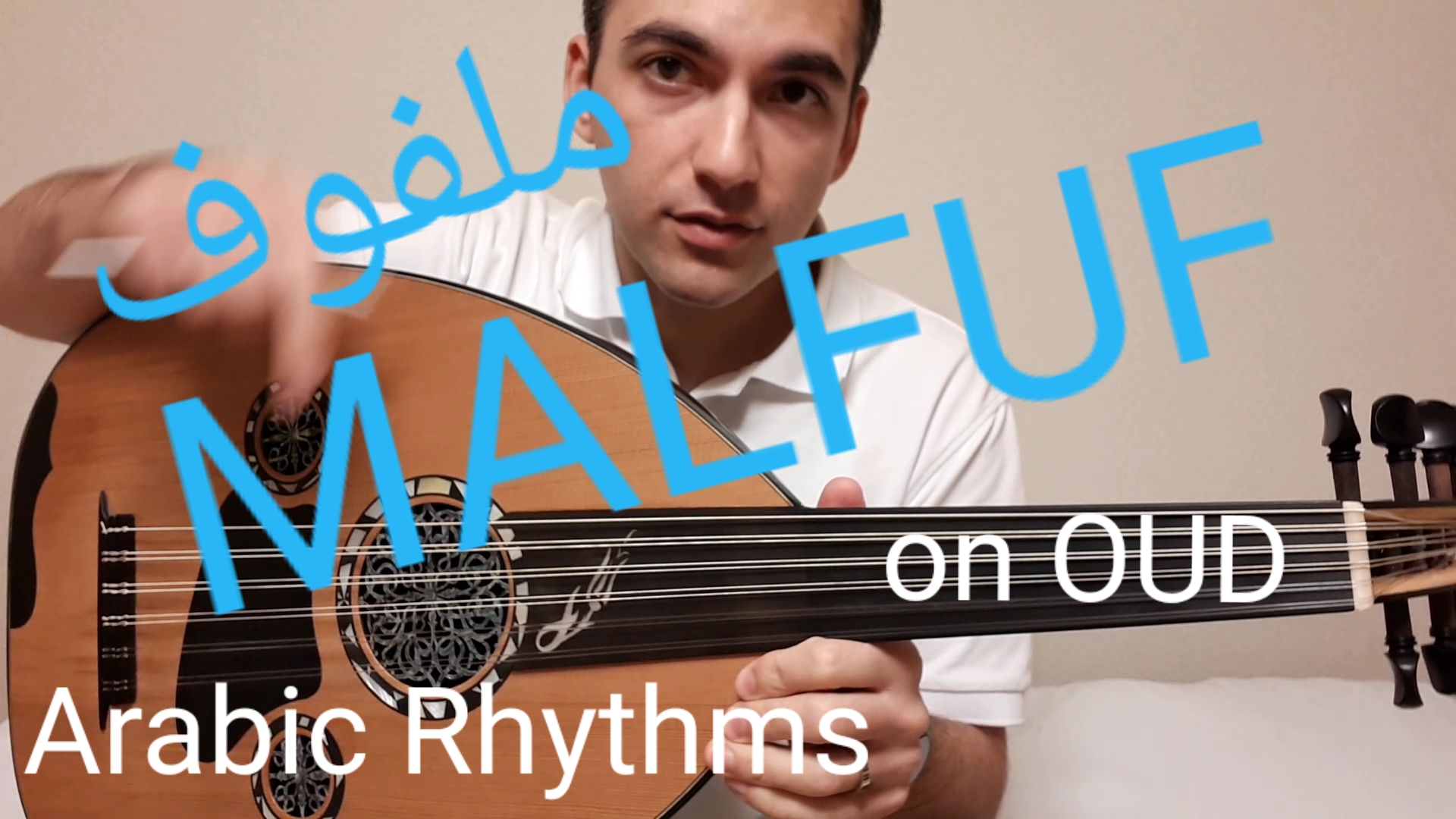Today many of us Oud players are lone wolves. Yes, there are communities of Middle Eastern musicians everywhere in the world, but we spend much of our time, blood, sweat and tears… practicing on our own. I actually enjoy the independent practice. It’s a bliss when I can dive head in to my own world of Oud music. …But at times, we get stuck. You can’t seem to play your…
Read MoreHow do you create an “oriental-sounding” melody? – OfG Q&A
One of the best parts of running OudforGuitarists is that I receive emails and get to hear from all types of musicians around the world. The other day I received an email from a flutist who is also interested in frame drums and ney. Our email conversation turned into a very interesting discussion, so today I wanted to share it with you. Here’s something that stood out for me…
Read MoreTranscribing Simon Shaheen Taqasim
“Think with your voice when you listen to Arab music. It has a linear quality like the voice. Concentrate on its melodies, and listen to how they interact with the rhythm.” – Simon Shaheen The above quote is the best advice for learning middle eastern music. I’m serious, there’s so much you can learn by yourself if you actually use your voice and learn what you’re hearing. The YouTube channel…
Read MoreHow to deal with Oud pegs (slipping, getting stuck, etc)
I’ve never used any type of peg compound to keep my Oud pegs free from slipping or getting stuck. Here’s how I get away with it. 1. Be patient, and observe how your Oud pegs react to humidity. 2. Use the push+turn method. It takes some time for an Oudist to get accustomed to how his/her Oud pegs behave under different humidity conditions. Nevertheless, you can feel free to push…
Read More“There are basically two types of musicians…”
“There are basically two categories of musicians… the one who everything he does, says, plays, everything is saying… “look at ME!” And there is another category of musician, the one who everything he does, says, plays, everything is saying, “listen to IT!” _______________ ?? I heard the above quote today, and it just blew me away. Keep reading to find out where it came from. How often do you oil…
Read MoreAn Exercise for Honing Your Taqasim
In response to hearing a taqsim recorded by one of my Step-by-Step Taqasim students, I suggested the following exercise: One exercise you can do is take this recording of your taqsim and play it back and listen then try to recreate some of your melodies and think about what phrase you were trying to create at that moment. Then think about how you can refine it. By refining I mean,…
Read MoreImportant links about Maqams – and a cheatsheet
As you may already know by now. I’m really a big fan of learning about maqam and I like to geek out about it. So today, I’m going to share some links with you that have helped me over the years. AND, I’ll share with you some of the stuff I’ve written on maqams that you may not have seen on OudforGuitarists yet. Free Maqam Modulation Cheatsheet ALSO, I’m creating…
Read MoreNew Oud Method Book
New Oud Method Book I have 17 exercises for beginner Oud so far. As they become more sophisticated, they also take longer to write. I’m writing all the notation with notation software so that it’s professional and easily editable. I’ve got a freebee for you now. I’m sending out one which is good to use for warming up as well as learning. Let me know what you think. Exercises in…
Read MoreNew Oud Tuning for Persian Folk Music
New Oud tuning… I’m really proud of this discovery. I’ve always been searching for a way to conveniently tune my Oud to play Persian Dastgah based on C. This tuning does exactly that. The problem The problem with the Oud and Persian music is that sometimes you need to play Dastgah Shur in the key of C. This is awkward on the standard tuning of the Oud. There is a…
Read MoreArabic Rhythms on Oud: Malfuf
Arabic rhythms… Hey, I have a new video on YouTube video for you. It’s all about playing Arabic rhythms on the Oud. This rhythm is malfuf. It’s a 2/4 rhythm. You’ll often hear it in the longa style of tune, Arabic belly dance music, and folk music. It’s often used as a way to change up the usual 4/4 rhythm in Arabic music. The tempo can stay the same, but…
Read More
